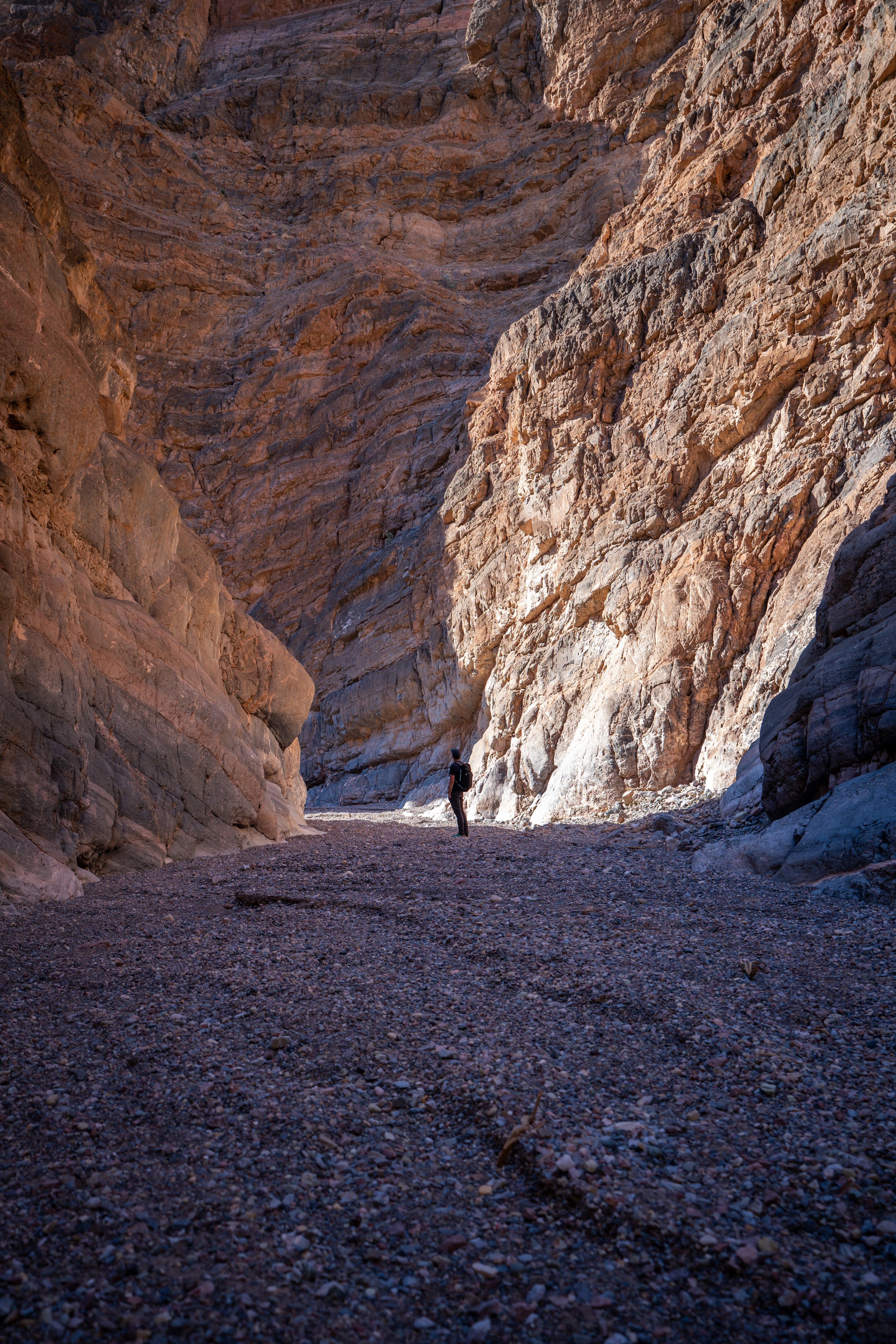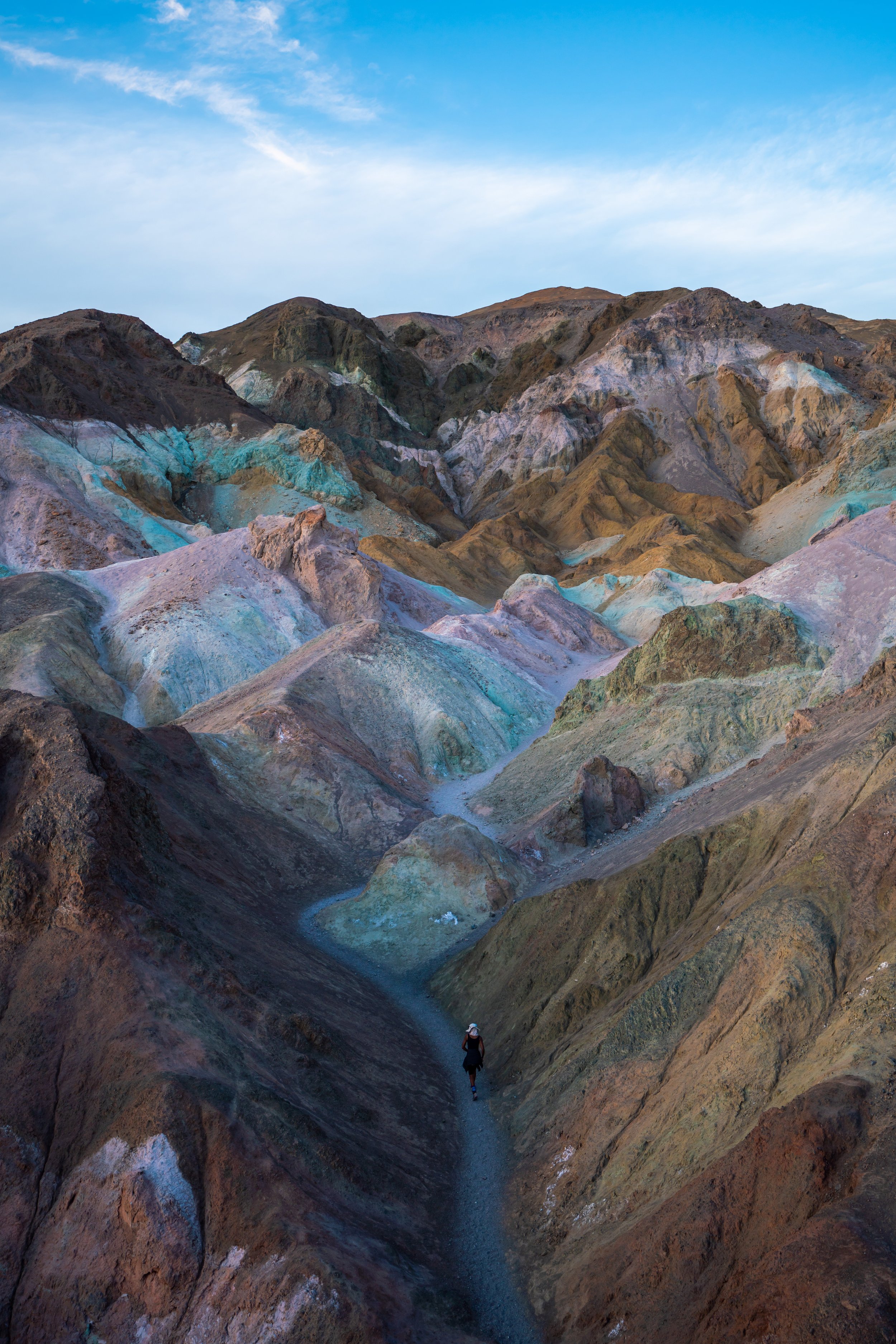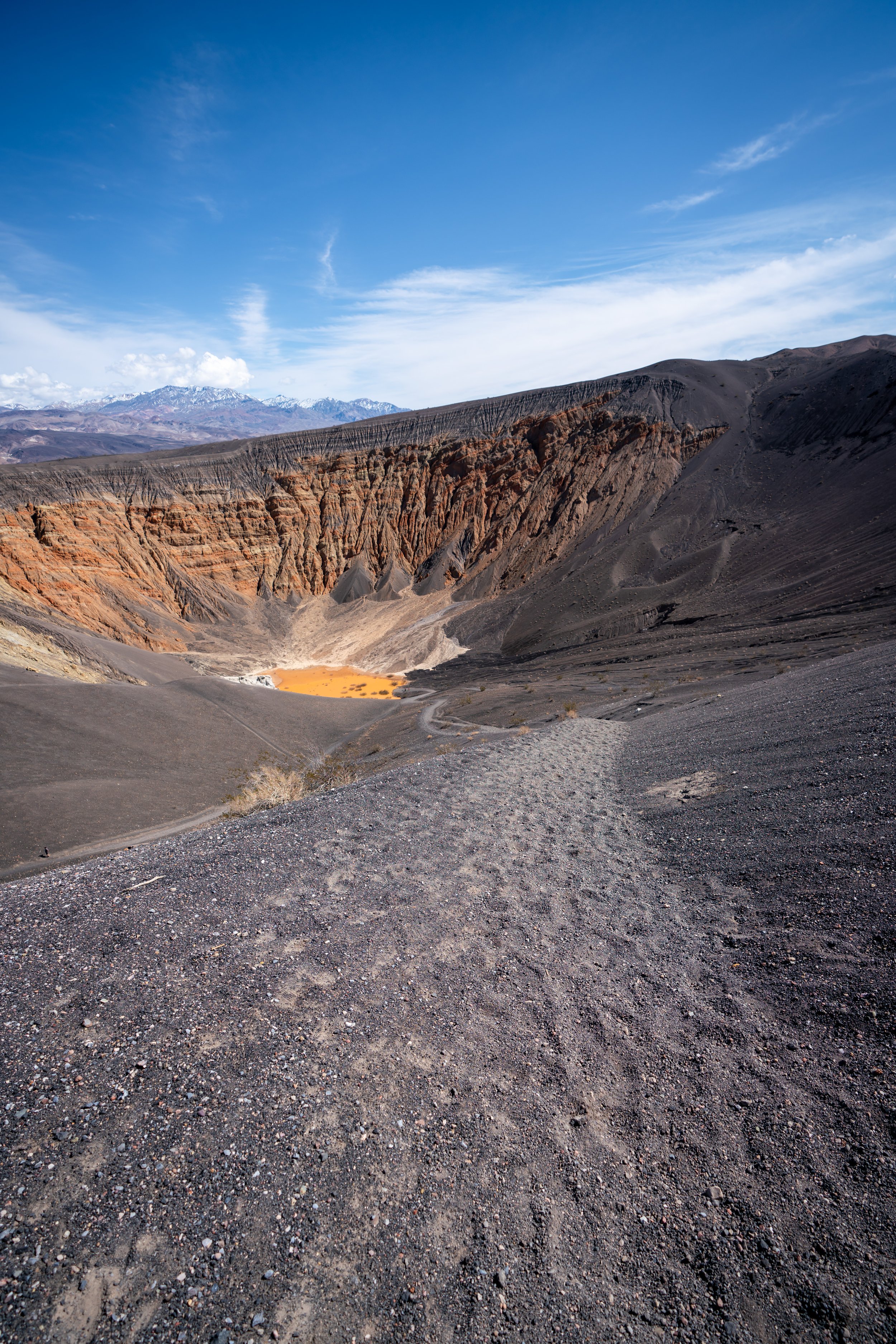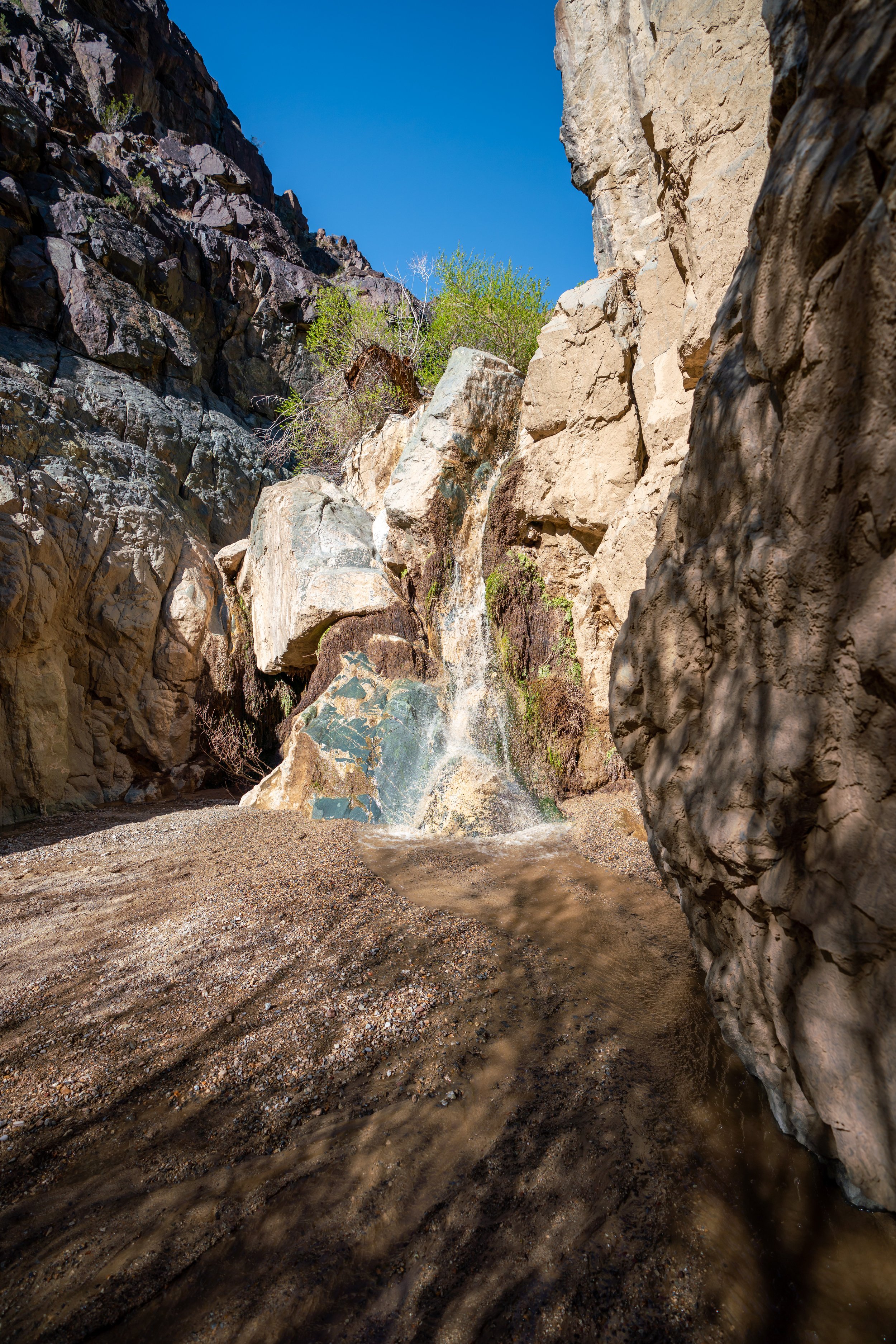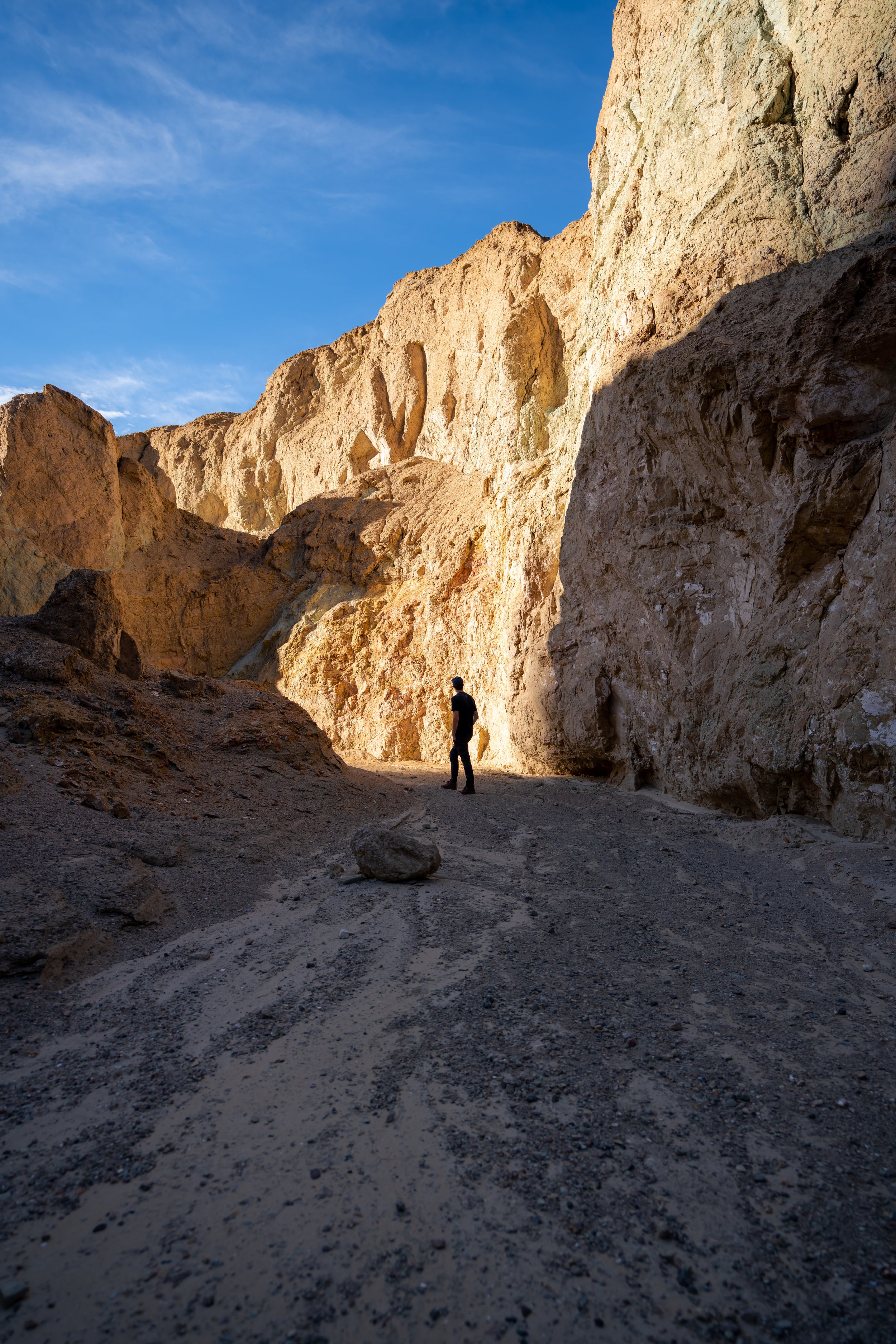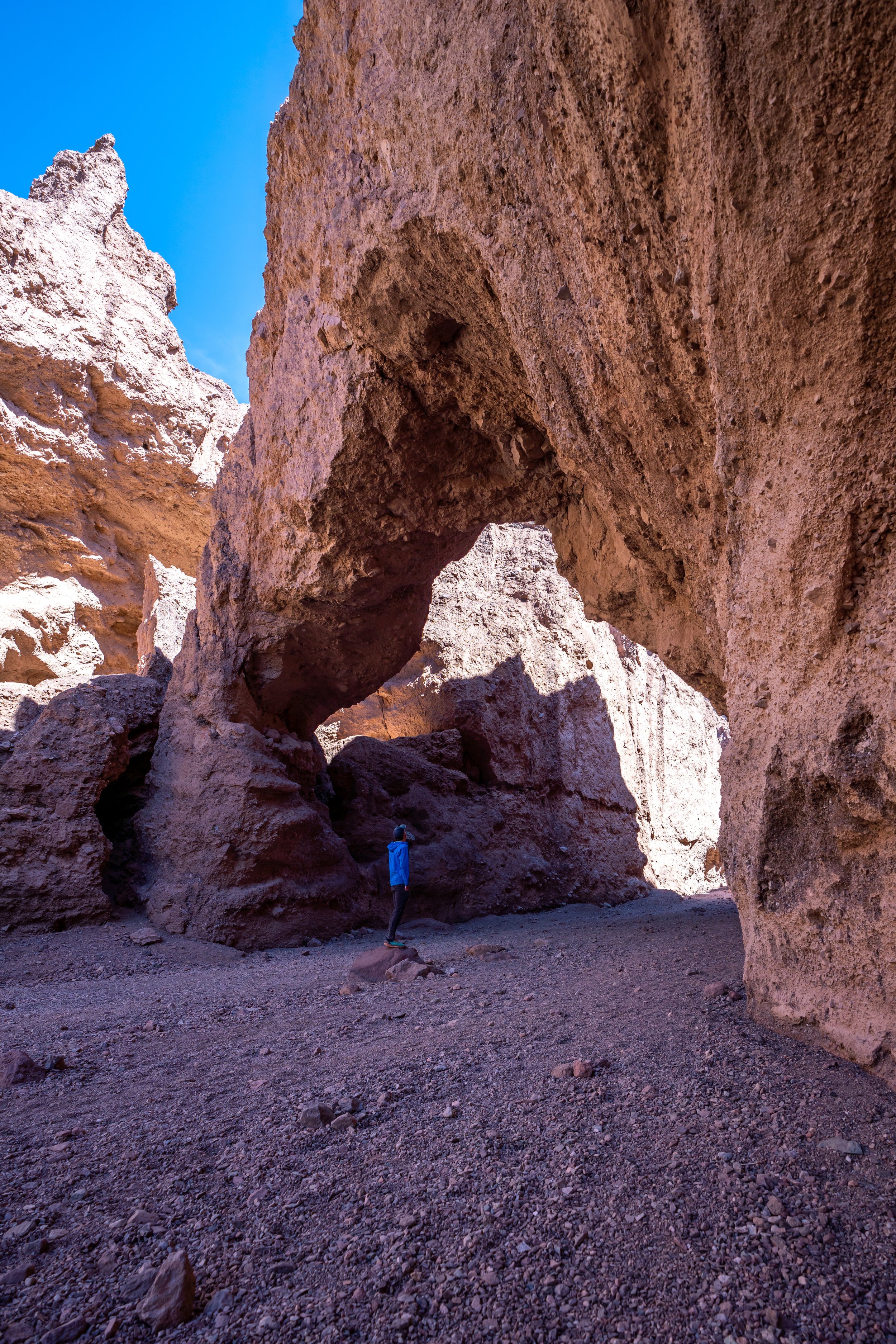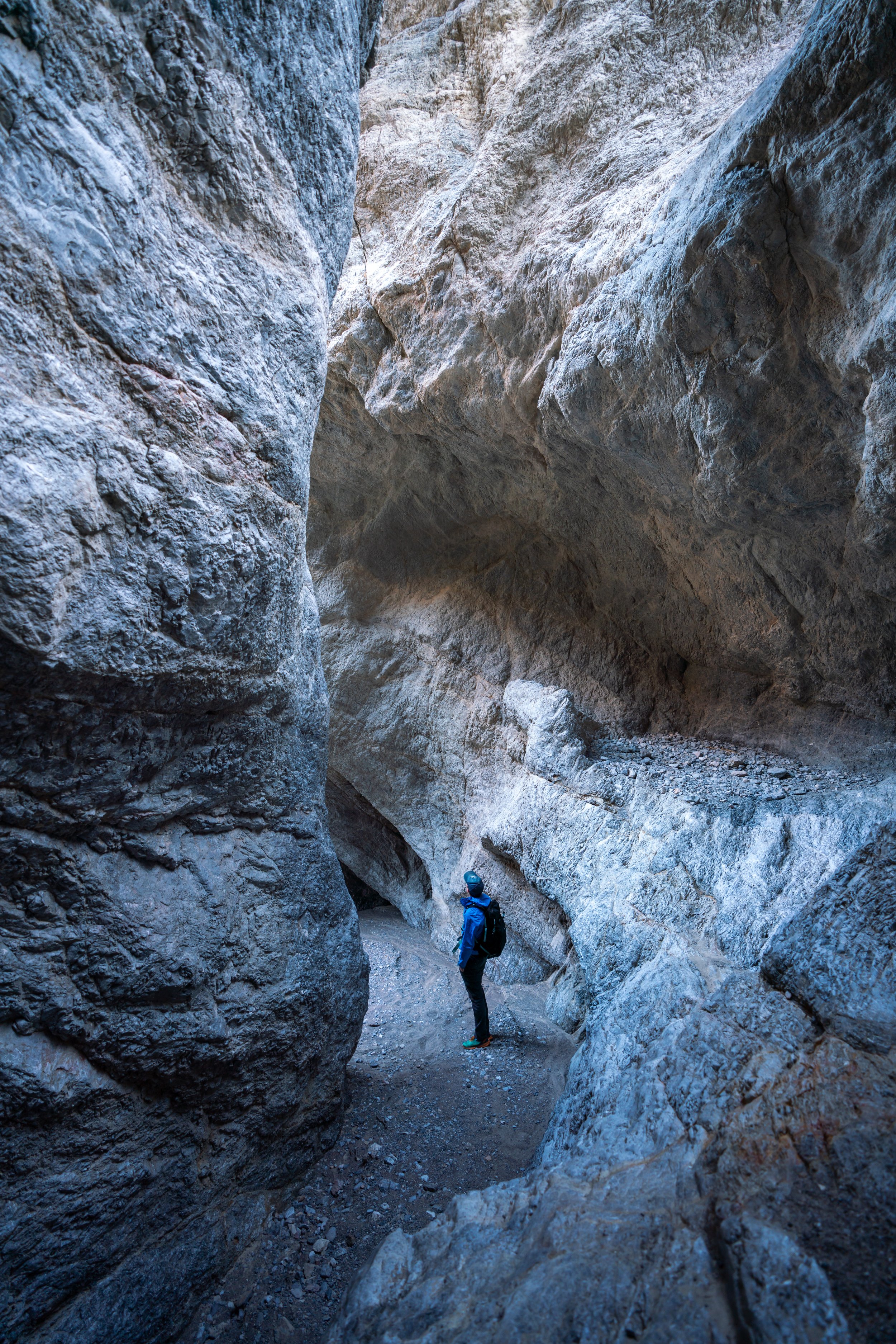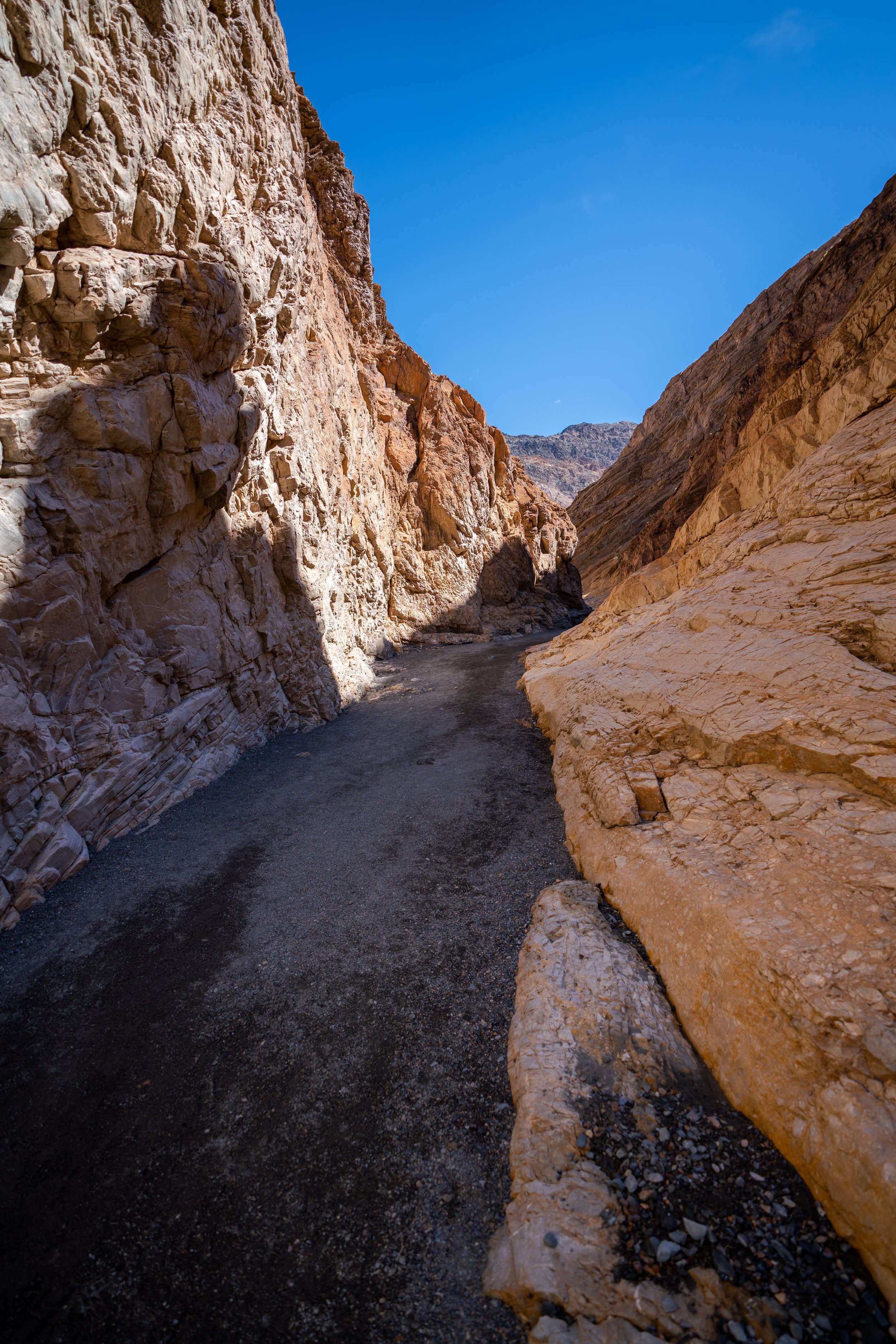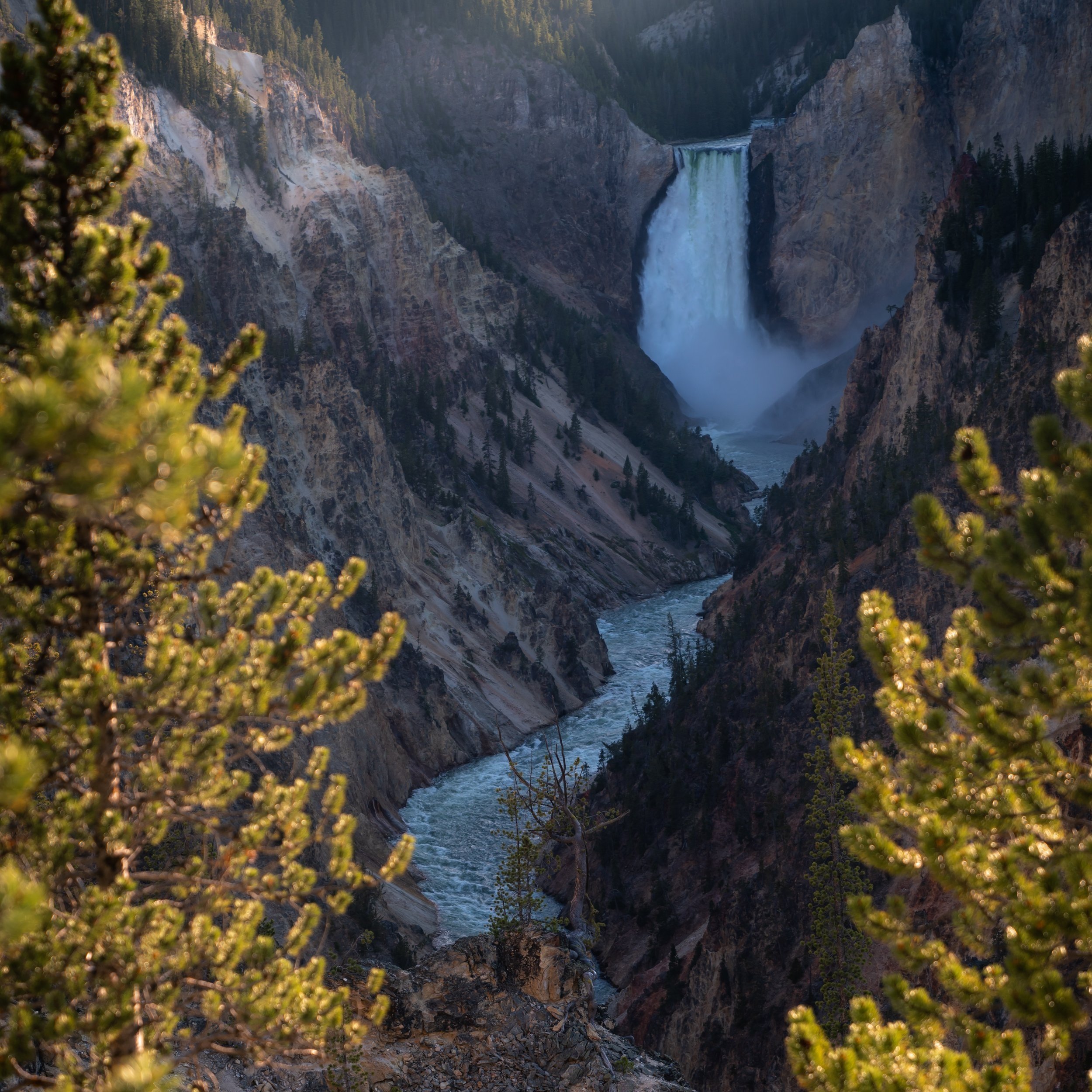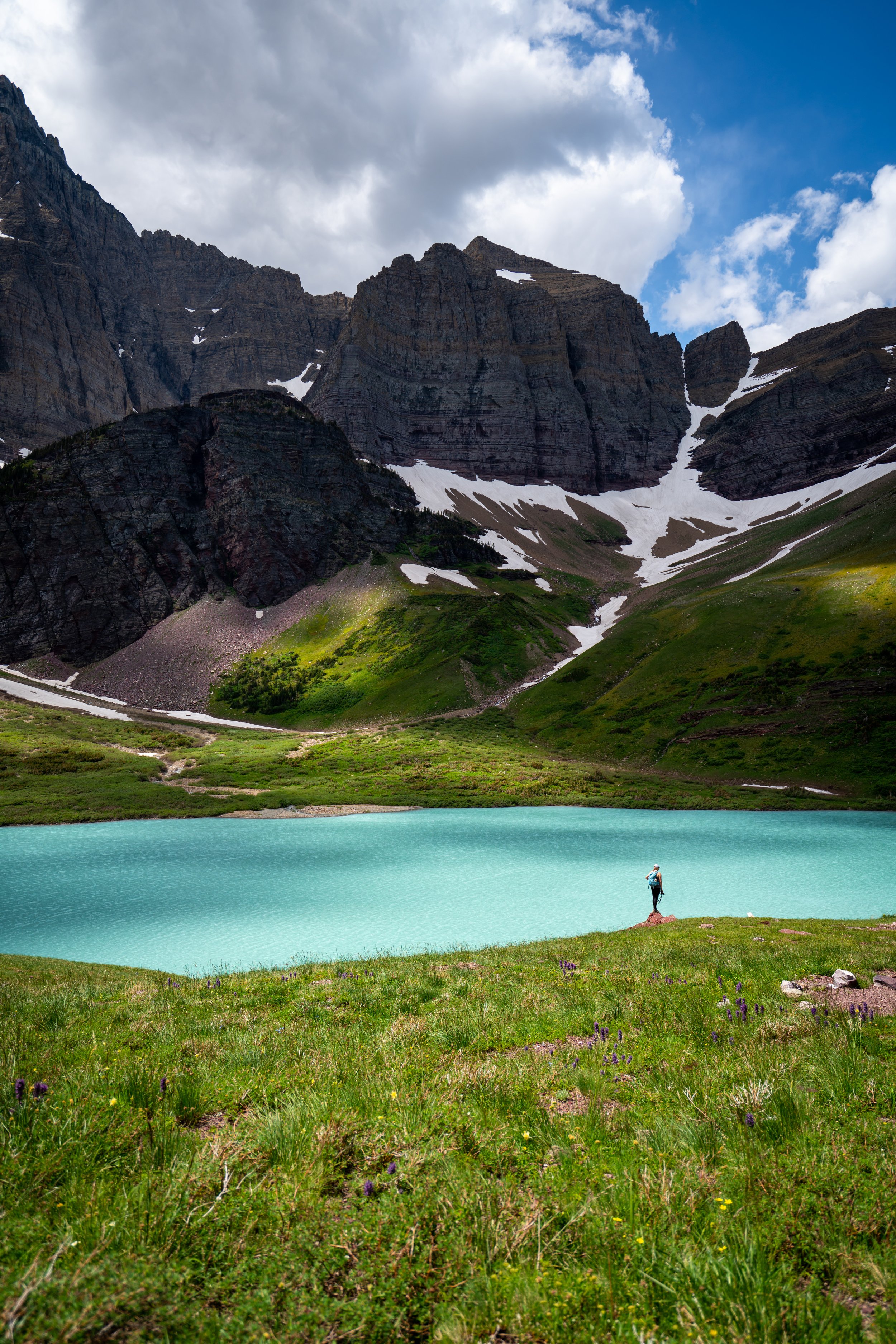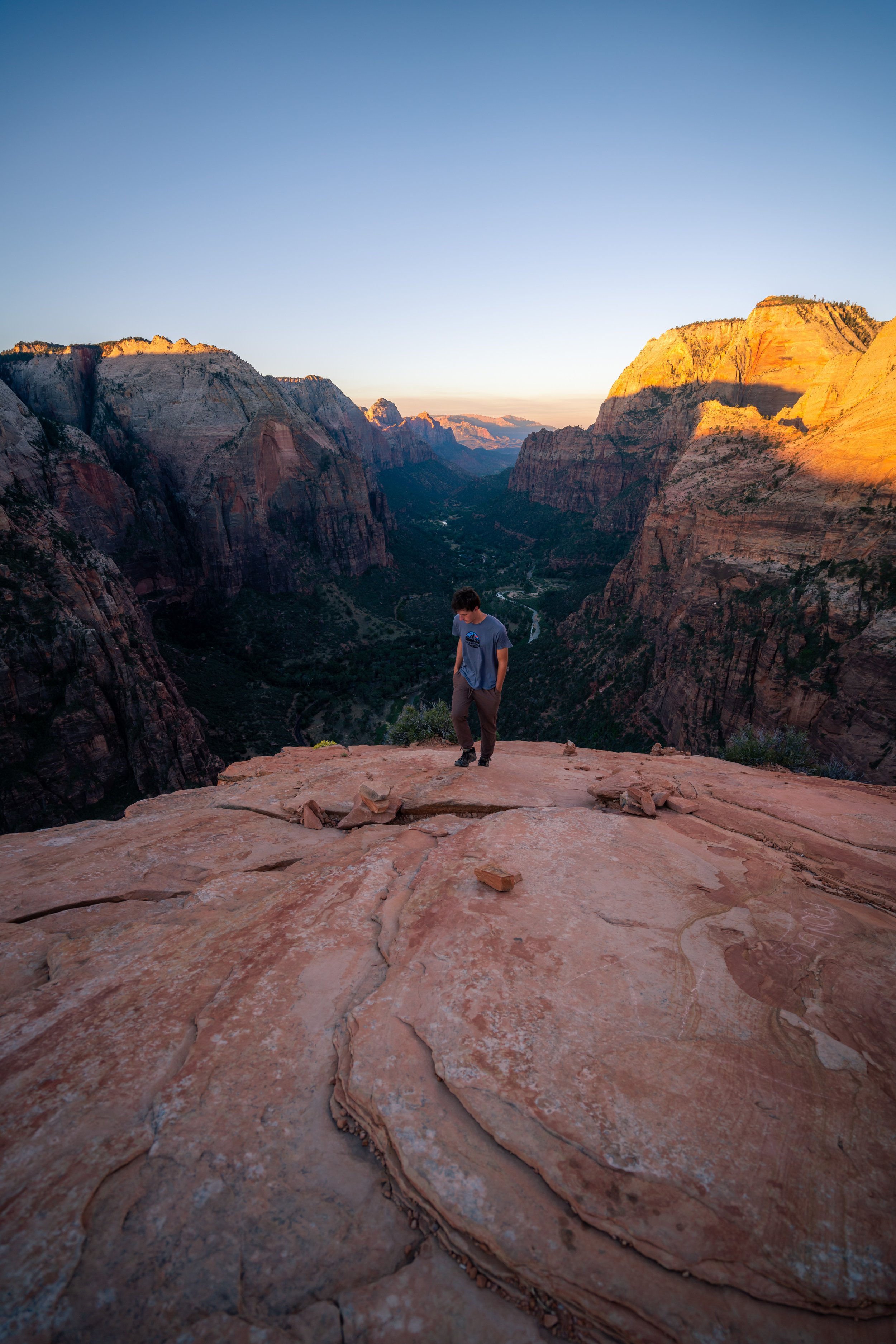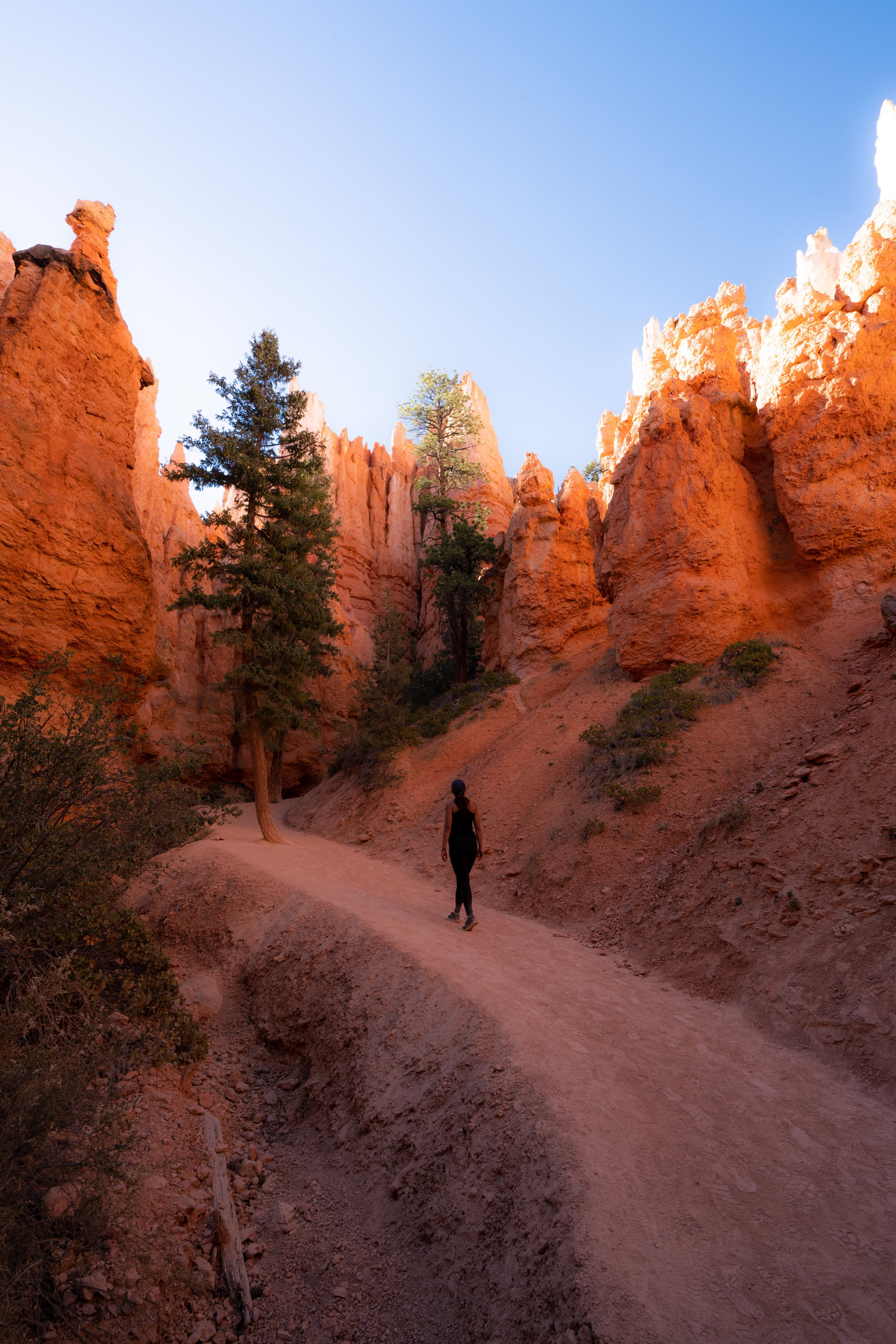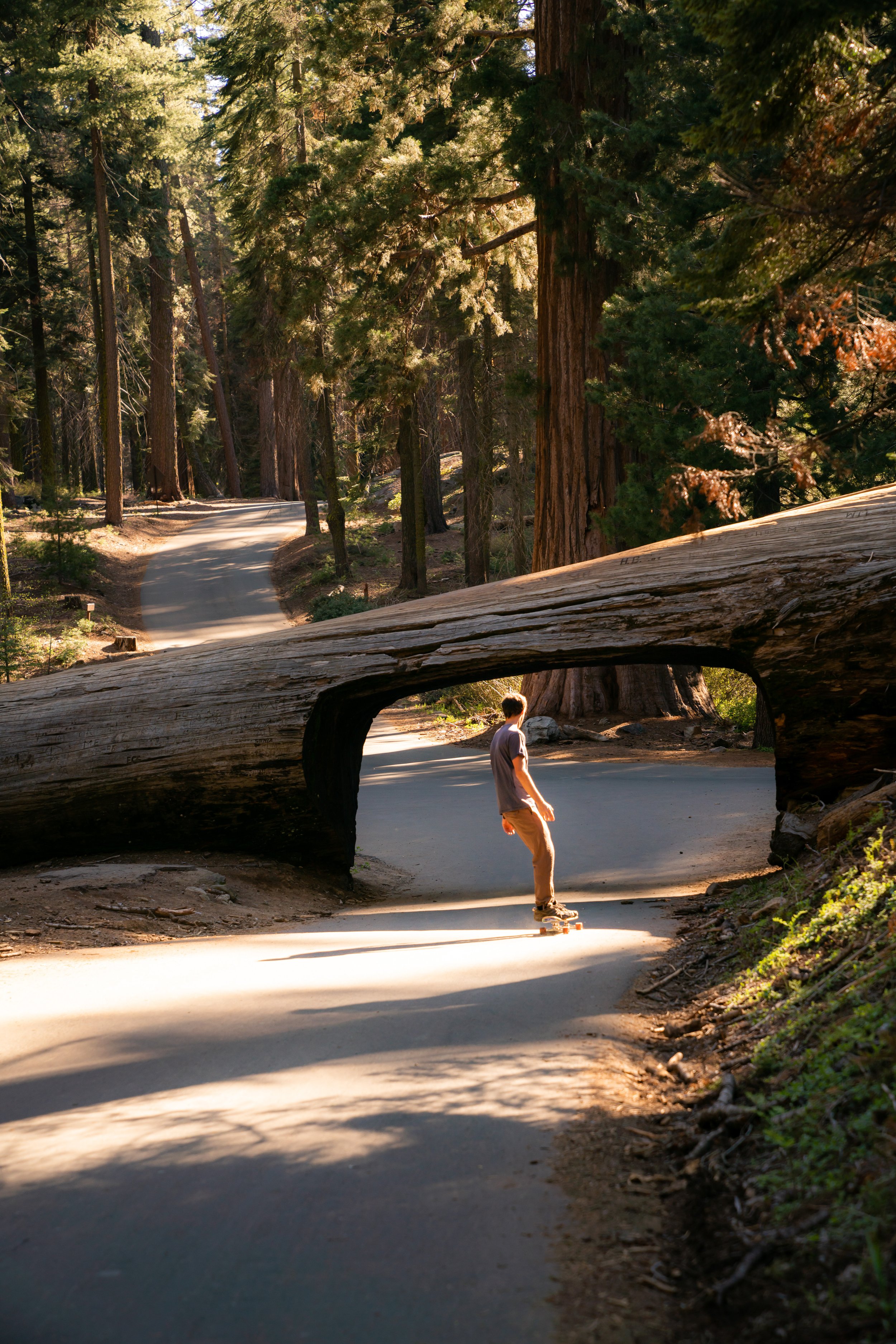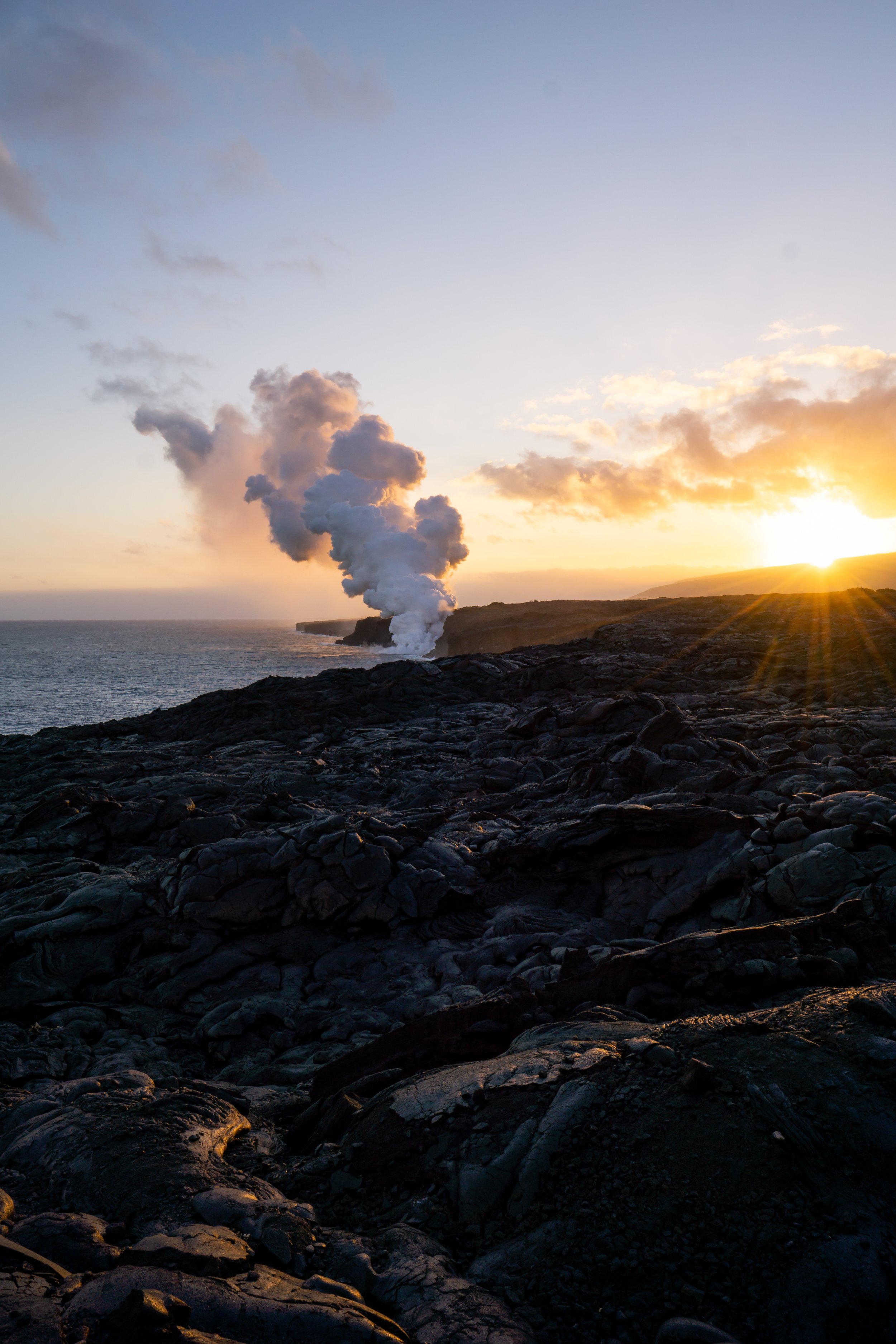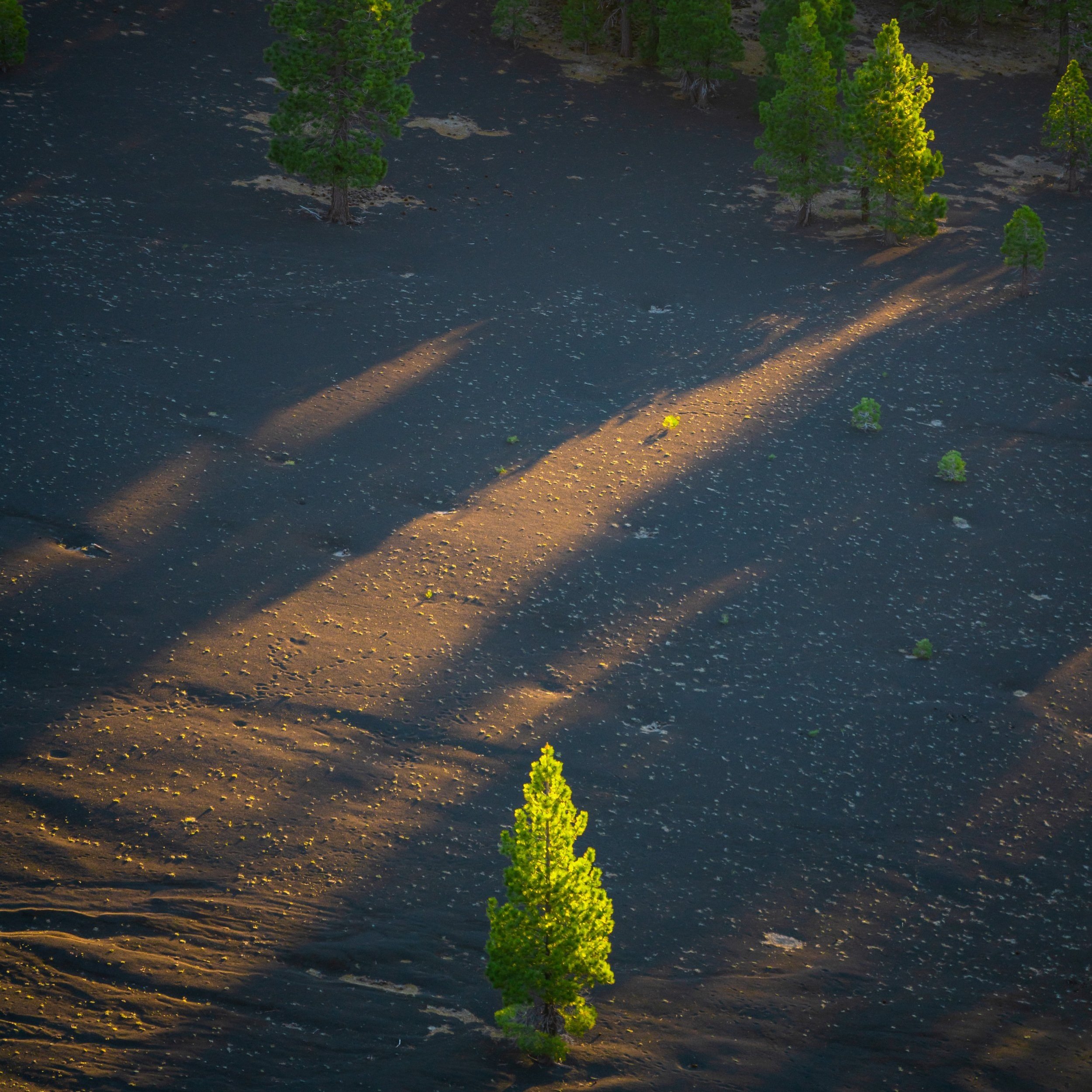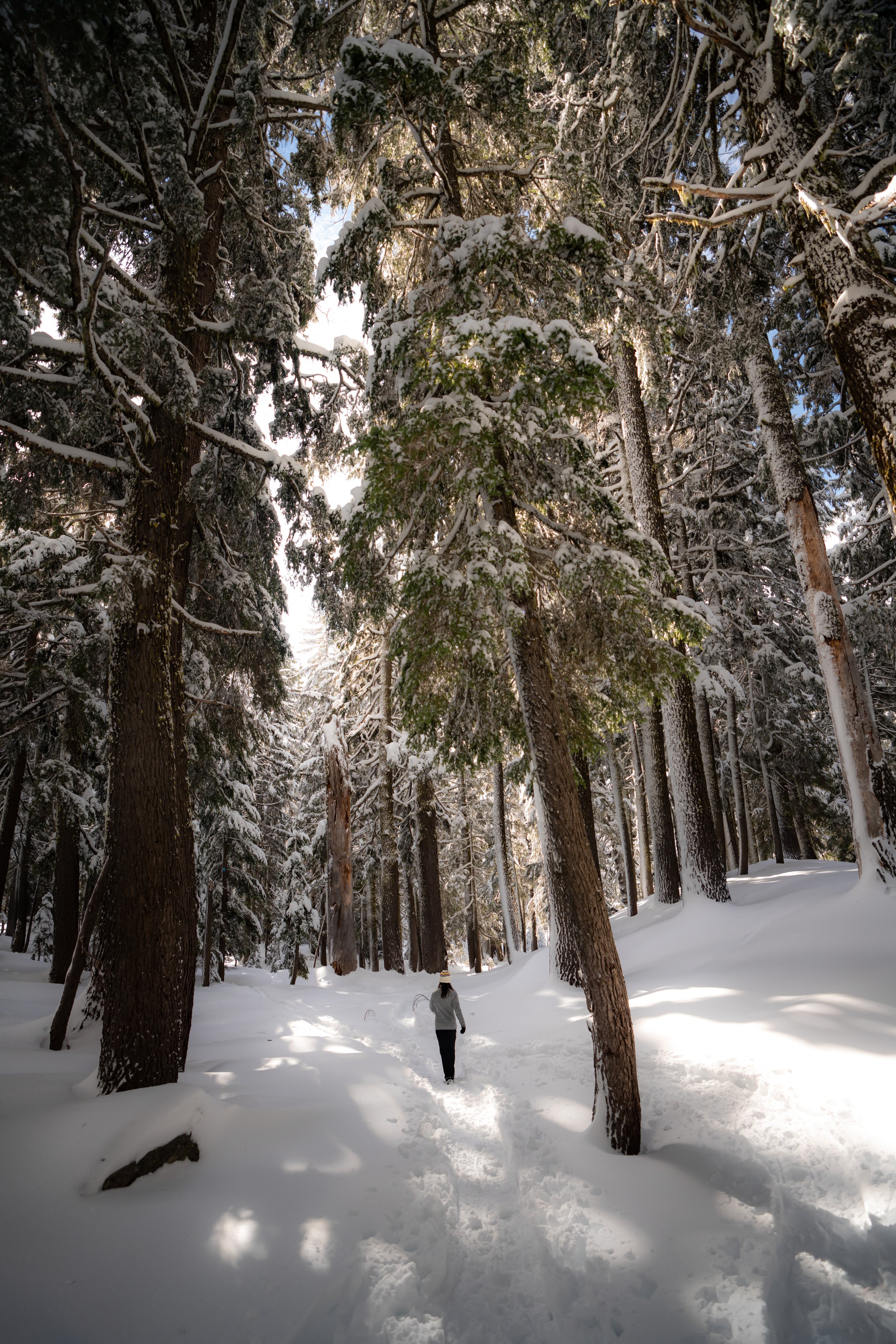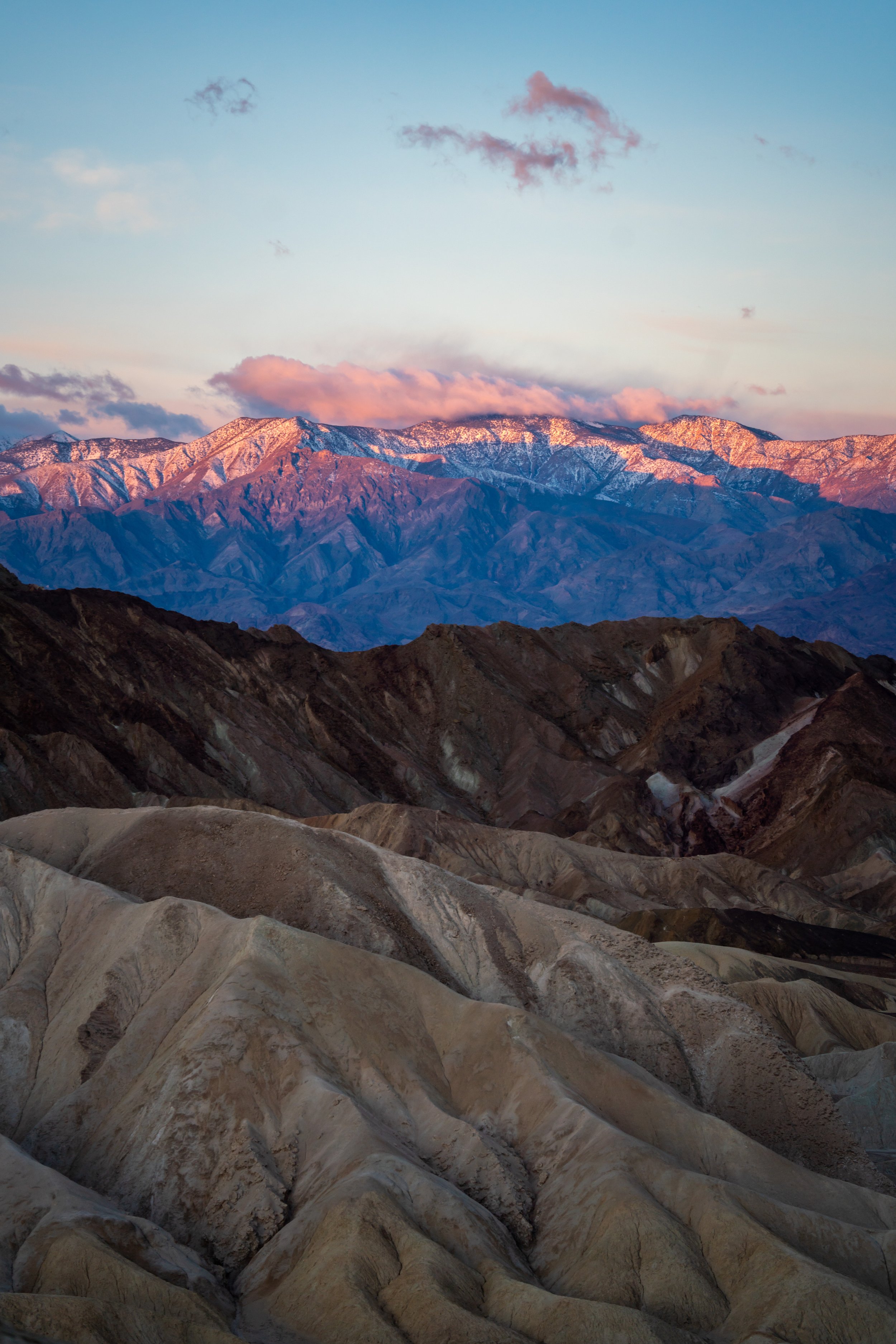Hiking the Badwater Basin Salt Flats Trail in Death Valley National Park
Distance: 2.0 - 5.0 miles / 3.2 - 8.0 km
From the highest peak in North America at 20,310 ft. (6,190 m) to the lowest point in North America at -282 ft. (-86 m), visiting the Badwater Basin was a pretty cool moment for me!
The Badwater Basin Trail in Death Valley National Park is one of the park’s most visited trails for a number of reasons.
The first and most obvious is because it’s the lowest point on the entire North American continent, but on top of this, the trail out to the expansive Badwater Basin is one of the easiest kid-friendly trails within the park.
All being said, it’s important to note that the Badwater Basin can flood at any time of the year, which covers the basin, including the trail, with standing water.
Badwater Basin Trailhead Parking
Since Badwater Basin is one of the most popular places in Death Valley, parking can be hard to come by at many times of the day.
This is why cars are lining the highway outside of the main parking lot in the photo below.
Google Maps Directions: Badwater Basin Trailhead
Hiking Checklist - Death Valley
Here is a complete list of must-have things that you will want for any hike in Death Valley National Park.
Osprey 3L Water Bladder - The Osprey 3L water bladder is the most universal hiking and backpacking water bladder on the market, and it’s my go-to because of the slide-off seal that allows it to be quickly filled from the top. Additionally, individual parts are easily replaceable, such as the bite valve.
Blister / Heel Protectors - I swear by these cheap, amazing heel protectors to prevent blisters for nearly every kind of hiking and backpacking that I do!
Black Diamond Headlamp - Personally, I recommend the Black Diamond Storm because it is one of the brightest, lightest, and longest-lasting headlamps on the market—and trust me, the weight-to-battery-life ratio really does matter!
Hiking / Trail Running Shoes - Depending on the type of trail, I prefer to use either the Keen Targhee for longer, more rugged hiking or the HOKA Zinal Trail-Running Shoe for lighter, less intense trails. In either case, both have been amazing to me for many years across countless environments, and both can be found in men’s and women’s sizes. - (Men’s Keen / Women’s Keen) (Men’s HOKA / Women’s HOKA)
Waterproof Rain Shell - You never know when it may rain, and I’ve learned over the years that a rain shell is far better than a rain jacket. By this, I mean that it’s best to have something that the water will roll right off of, which is why I recommend the Patagonia Torrentshell 3L available in both men’s and women’s sizes.
Sun Shirt w/ Hood - A quality sun shirt can be your best friend on a trail with minimal shade, which can be found in both men’s and women’s sizes.
High SPF Sunscreen - Packing high-SPF sunscreen is a must for long days outside!
Hiking the Badwater Basin Trail
Some of these photos may seem out of order in terms of the daylight, but I had to use some from different times because of how they turned out in the harsh sunlight.
That being said, there is no shade on the Badwater Basin Trail. Be cautious of the time of day and time of year that you decide to hike in the basin because it can be brutal!
When you’re standing here, turn around and look at the mountain above the parking lot. You’ll see a faint sign 282 ft. (86 m) above you that reads "Sea Level".
The first part of the Badwater Basin Trail is typically very smooth because of all the foot traffic.
Being the case, there was more than one family pushing a stroller for at least the first half of the trail where it is still possible to do so.
However, the trail will almost always become unmanageable for pushing young kids toward the larger basin area.
Badwater Basin
At the end of the trail, the basin opens up for seemingly endless miles of exploring.
Don’t expect to see the beautiful geometric salt deposits that you see in the most popular photos right at the opening of the basin. For the same reason the trail is smooth in the beginning, people walk in every direction once in the greater Badwater Basin, essentially flattening any salt deposits at the end of the trail.
How to Get the Best Salt Deposit Photos in the Badwater Basin?
The answer is the reason why the distance at the beginning of the post is so variable. You need to explore!
Venturing more than 1.0 miles (1.6 km) away from the trail’s terminus in most directions is your best chance at seeing the geometric salt deposits in the Badwater Basin.
Warning
If you’re going to hike far away from the trails end, make sure that you are tracking your path on some sort of GPS, like Strava.
In the worst case scenario, your GPS track may be the best way for you to navigate back to the trailhead, as the surrounding landscape can start to all look the same the further you hike.
More Death Valley Adventures
If you’re interested in reading about some more amazing adventures within Death Valley National Park, check out my separate posts below!
Best Way to Find Places to Stay!
Wherever I travel, I love to start my search for places to stay on VRBO.
Even if I don’t end up booking through them, I think it’s one of the best ways to see what’s in the area!
Best Way to Book Rental Cars!
I travel quite a bit, and I know firsthand that finding a good rental car deal can be a challenge, but that’s why I recommend comparing all of your options with Discover Cars.
In short, Discover Cars is a well-known, reputable business that allows you to search for the best deal across companies, and they have the best full-refund cancellation policy I’ve ever seen, valid up to 72, or sometimes even 48, hours prior to your reservation!
Book Here: Discover Cars
Safety
For obvious reasons, Death Valley National Park is widely known for its extreme temperatures and extreme temperature swings, as the park spans from -282 ft. (-86 m) at Badwater Basin to just over 11,000 ft. (3,353 m) atop Telescope Peak.
That being said, the National Park Service recommends visiting in October - April, but even then, exposed hiking during October and April can be pushing it. However, November - February are easily the most desirable months to hike in Death Valley, with the best spring flowers peaking from late March to early April.
Additionally, there are three venomous snakes in Death Valley, as well as scorpions and black widow spiders, meaning it’s important to be mindful where you place your hands and feet—especially when scrambing in the canyons.
In all, always hike with 2-3L of water per person and never take the extreme weather conditions lightly, as the heat has claimed many lives over the years!
As always, find the most up-to-date information and conditions on the official National Park website.
National Park Service: Death Valley National Park
U.S. National Parks Pass
Did you know that the same America the Beautiful Pass that grants access to all 63 U.S. National Parks can be purchased in advance at REI?
Yes, you can save time when you arrive by purchasing your National Park pass, along with your other outdoor gear, at REI before traveling to the park!
More U.S. National Parks
If you’d like to read more about some of my best recommendations when visiting other U.S. National Parks, check out some of my other posts below!
Disclaimer
All information provided on this blog is for informational purposes only and is not intended to be a substitute for information or advice from qualified professionals or managing agencies.
Noah Lang Photography LLC makes no representations or warranties regarding the accuracy or completeness of the information provided here, and readers should use their own discretion, judgement, and seek professional advice where it is appropriate.
Furthermore, Noah Lang Photography LLC shall not be held responsible for any injuries, lost individuals, or legal issues arising from the use of information provided on this website, and if applicable, the above safety disclaimer should be referenced to provide a generic overview of the risks involved.
All said, the content on this blog is for the sole use of Noah Lang Photography LLC, and unauthorized use or reproduction of this content is strictly prohibited.
Disclosure
This post is not sponsored.
However, some of the links in this post are affiliate links, which means that I may earn a small commission if a purchase is made through one of those links. This commission comes at no additional cost to you, and I only recommend products that I personally use and believe will add value to my readers. Thank you for your support, which enables me to continue creating more!
To read the full privacy policy, click here.

About This Blog
Noah Lang Photography, also known as @noahawaii, is 100% reader-supported!
I do not accept guest articles or sponsored content of any kind on my blog, which is why, if you enjoy the outdoor and travel content I create, please consider buying me a coffee!
I appreciate your support, which helps me continue to keep this blog alive!












